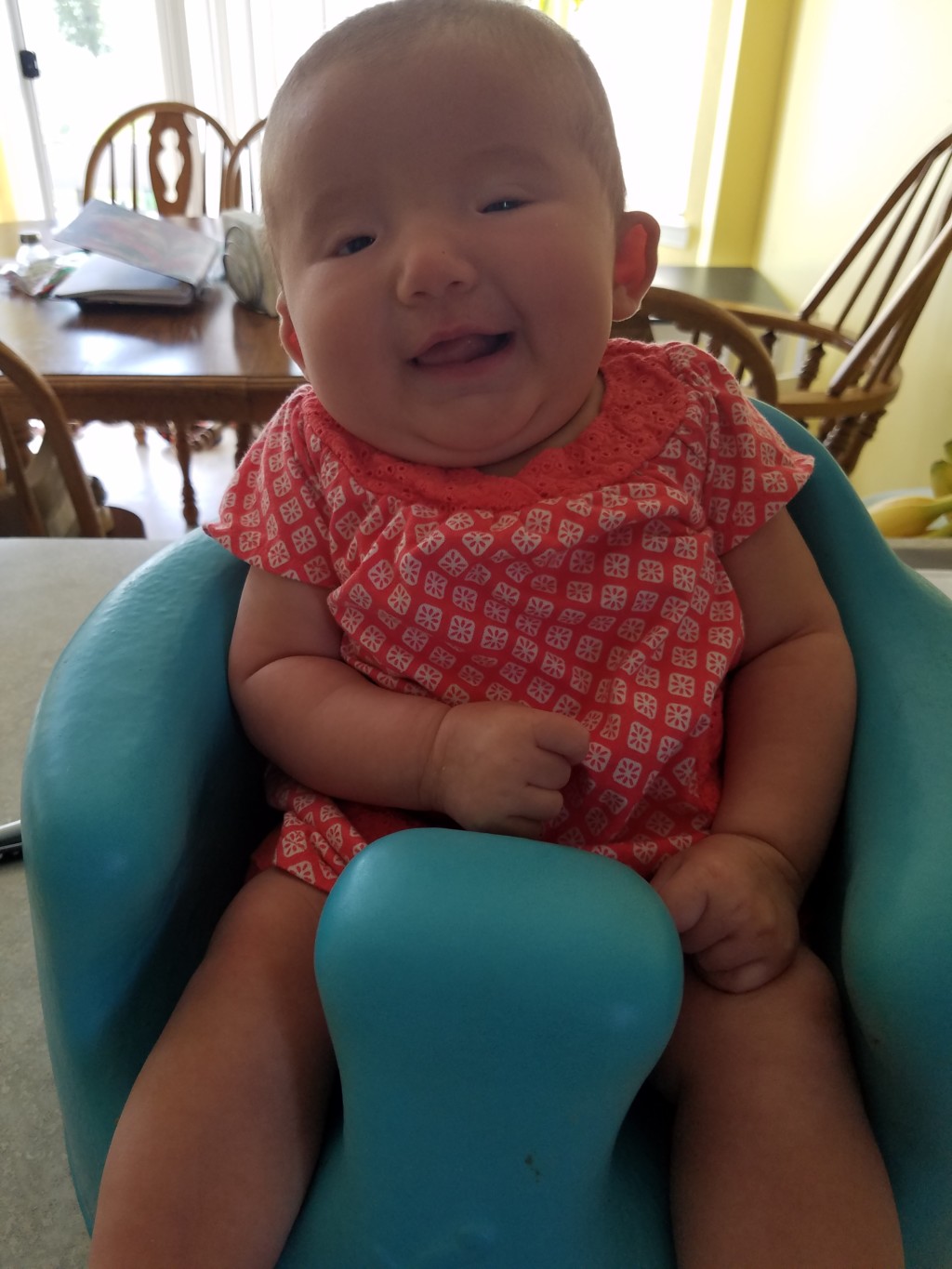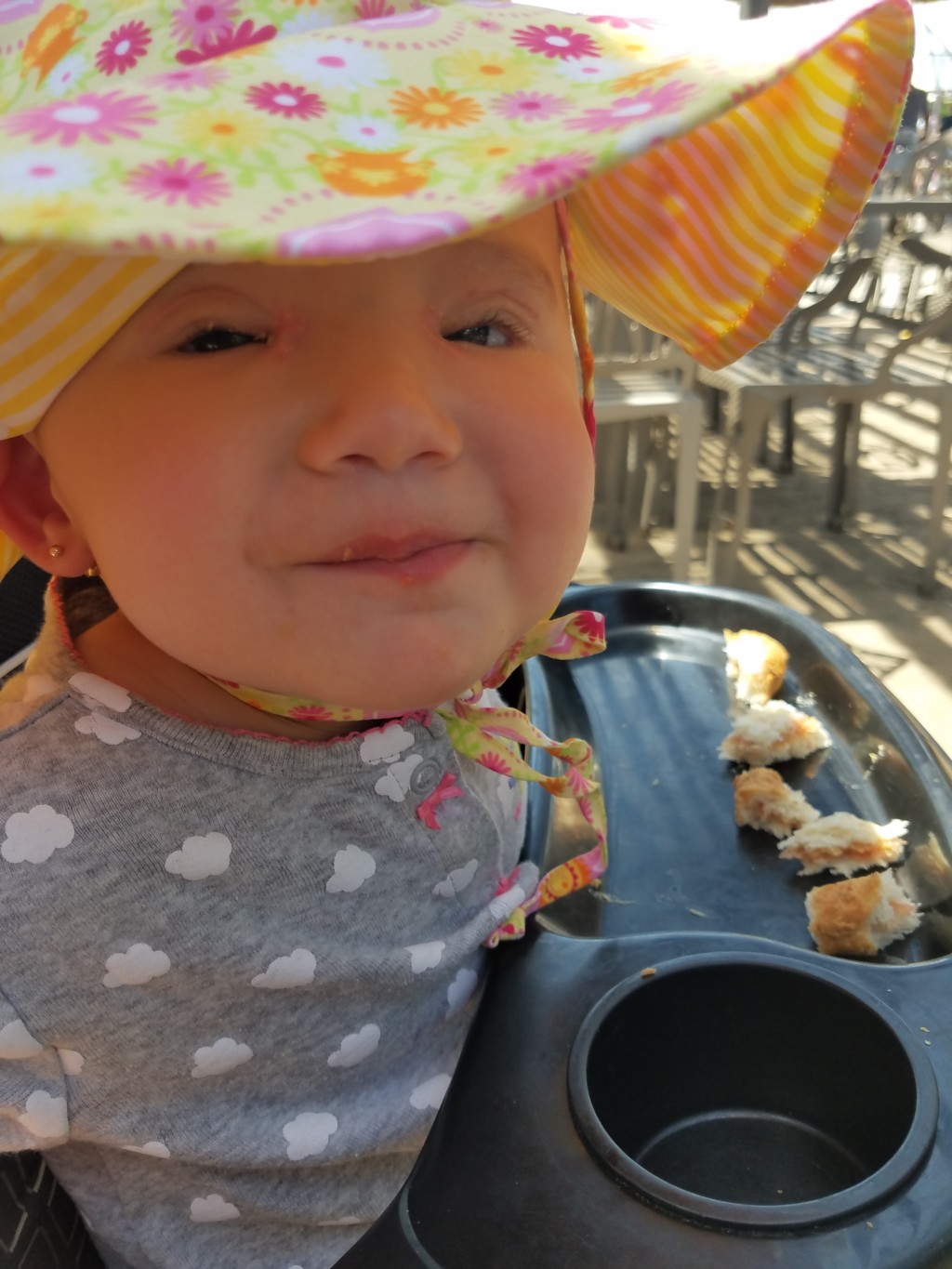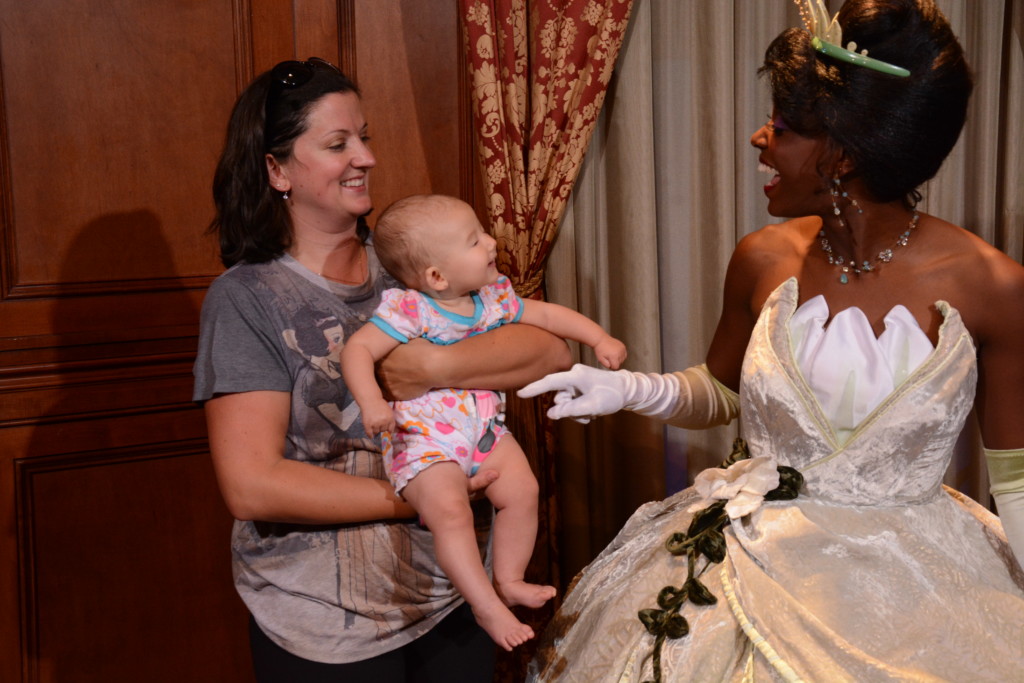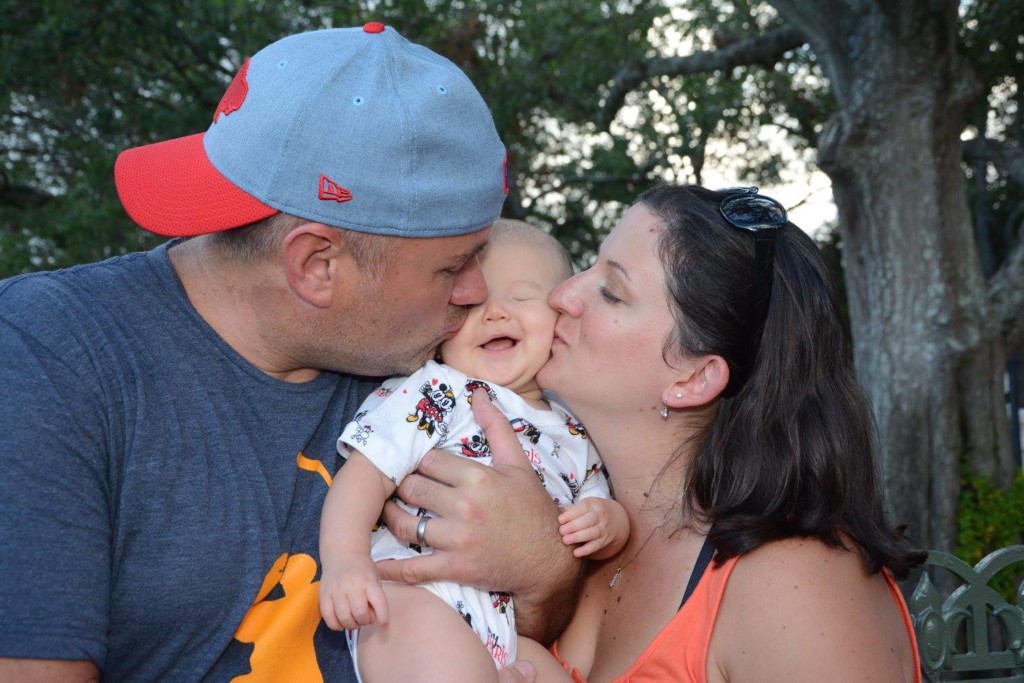“What’s wrong with her eyes?” the girl asked, pointing at Chloe, my 1-year-old.
We were at a friend’s child’s birthday party when another guest, a girl who may have been five or six years old, approached us with her question. I fixed a smile on my face and gave her my rehearsed response. “Chloe’s got small eyes, but she can still see you and play with you just fine!” This girl stared skeptically at Chloe for a long moment, shrugged and said, “Well, she still looks weird.” before dashing off to play with other kids.

I turned away, feeling my heart shatter and tears well up in my eyes. It was the first time someone had called Chloe “weird”, though I knew it wouldn’t be the last. This child didn’t know about Chloe’s diagnosis, she was not trying to be cruel, but she has a rare genetic disorder called BPES. Chloe was born without eyelid muscles, and as a result, she looks like she has very small eyes. Her genes gave her unique facial features, just like they gave her brown hair and fair skin.
To us she is perfect and of course, I know the young child wasn’t intentionally trying to be hurtful or cruel. She doesn’t know the intricacies of social codes at her age. Moreover, she had no way of knowing what Chloe had been through so she could look “normal”. The months of eyepatches, eyedrops, ointments, and her first five and a half hour surgery.

I thought about the girl’s comment, about Chloe being “weird” and it got me to thinking. How can we help our kids navigate these situations on their own? How do we, as parents, influence our children’s reactions to someone with unconventional features? We can help create a more friendly world for our kids by doing a few simple things at home. Here are some ways we can try to create inclusive families and forward-thinking kids who show kindness toward those with physical differences.
1. Read diverse books – I once heard RJ Palacio speak about how she was inspired to write the book Wonder after seeing a child with a craniofacial abnormality. Rather than engage with the child and her family, she dragged her kids in the opposite direction, for fear of what embarrassing thing they might have said.
There are so many books out there with characters who have physical and mental disabilities that make it easy to open a dialogue with your kids about how we should treat all people with respect and kindness. Here is a great resource for diverse books, broken down by age level.
2. Play the What-if Game – My kids prepare for emergencies by playing the What-if game with me. I start by saying, “What If you noticed smoke coming from the laundry room when everyone else was playing in the backyard? What would you do first?” or, “What if you were playing at a friend’s house and you found a gun while playing hide-and-seek?”
I’ve even pretended to be a 911 dispatcher while they practice telling me their names and address. We can also play the what-if game to help kids know how to react when they meet others. What if there is a child with a wheelchair in your class? How can you include him or her in your activities? What if you hear someone making fun of another student’s birthmark? What would you say to them? You can practice how to approach these social situations so that when they come up your child can be friendly and inclusive.
3. Practice what you preach – Do you judge people in front of your kids? Do you comment on others’ clothes or hair, like Joan Rivers on the red carpet? Have you avoided making eye contact or turned the other way when you noticed someone with a disability? Kids learn acceptable ways to treat other people by watching YOU. If you treat everyone you meet with a polite smile and some kindness, then they will too.

4. Treat differences with a sense of normalcy – I get defensive when I feel like people are staring at Chloe, and my Mama Bear comes out. That’s why I love when people compliment Chloe on who she is, not what she looks like. People have told me, “What a happy baby you have!” when she smiles or “Look at how much she and her brother love each other!” when they’re hugging and being silly. They delight when she waves and blows kisses at them… just like they would with any other one-year-old. Show your kids that people who are different still deserve to be treated with kindness and respect.
5. Talk with other moms – and really listen to what they have to say. Places like DMB are a great place to learn about all kinds of people from different walks of life. Once you understand someone’s struggles, it is so easy to be accepting. I’ve learned that every Mom worries about something for their kids. We owe it to ourselves to listen to each other, rather than judge.
As we head toward another school year, I hope your child reaches out with kindness to every “Chloe” in his or her school!












Great article. Wonderful advice for parents trying to develop kindness in our kiddos. Love the “what if” tool. I will be using that.